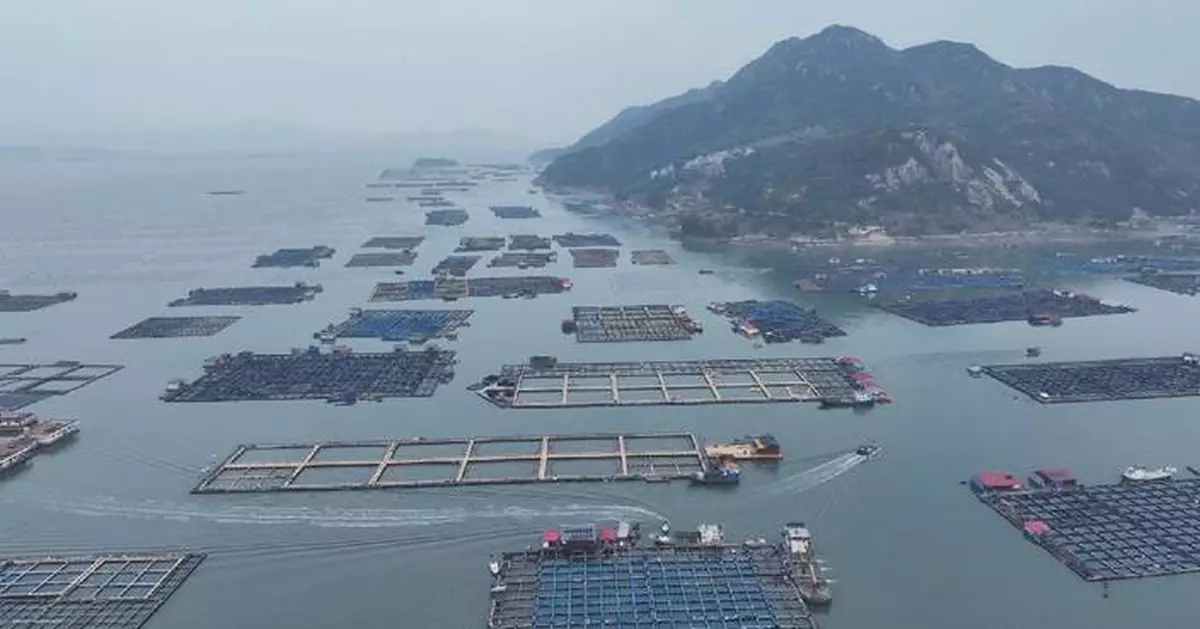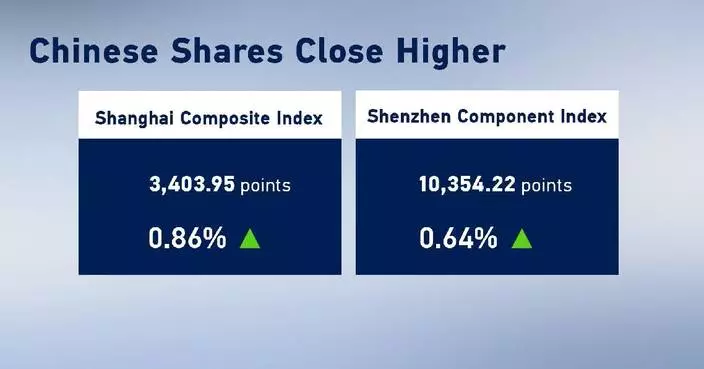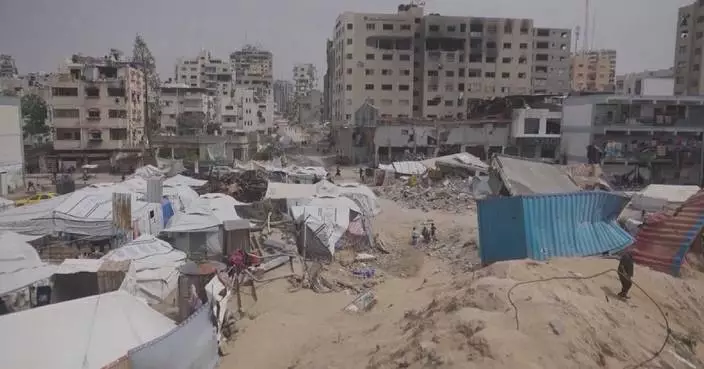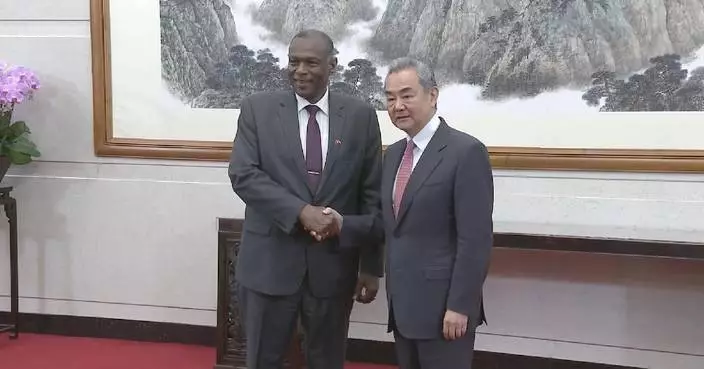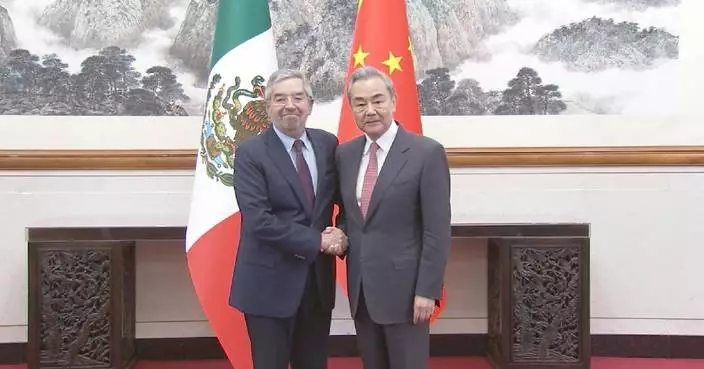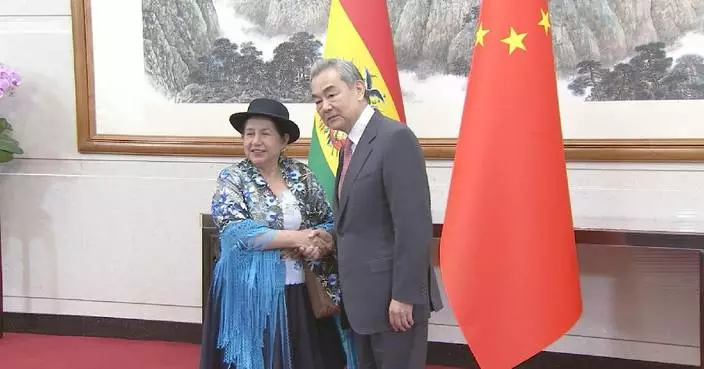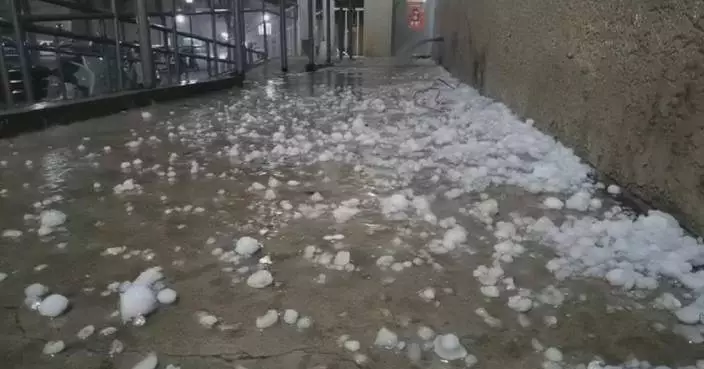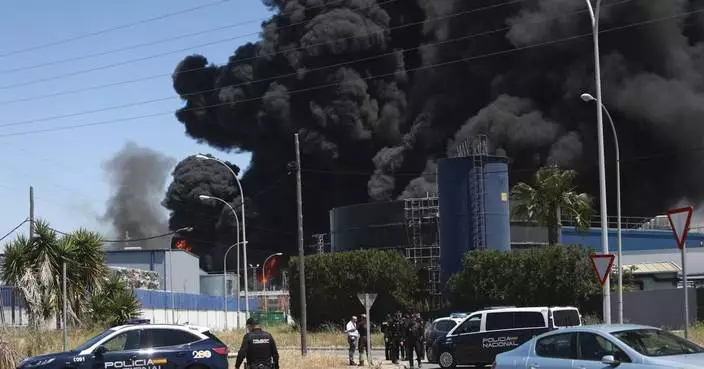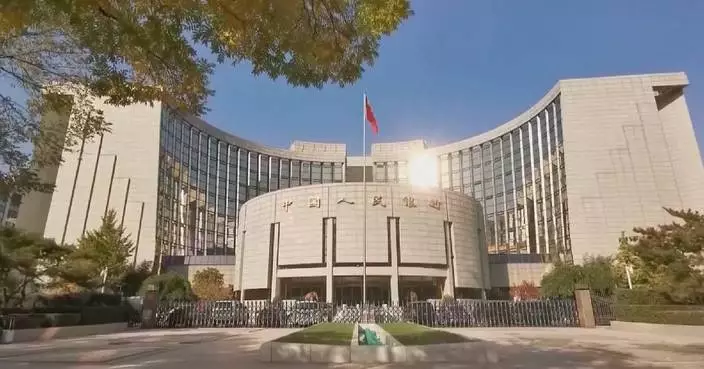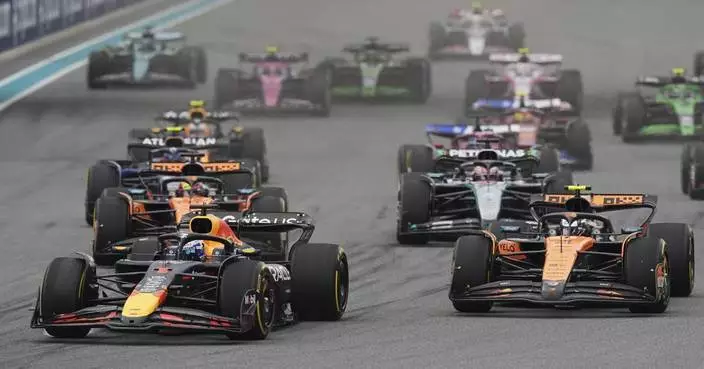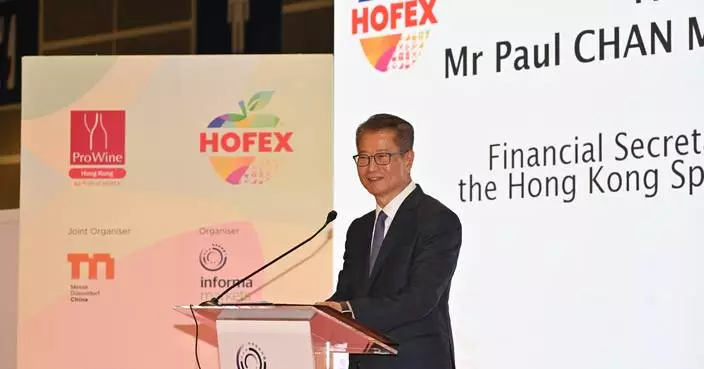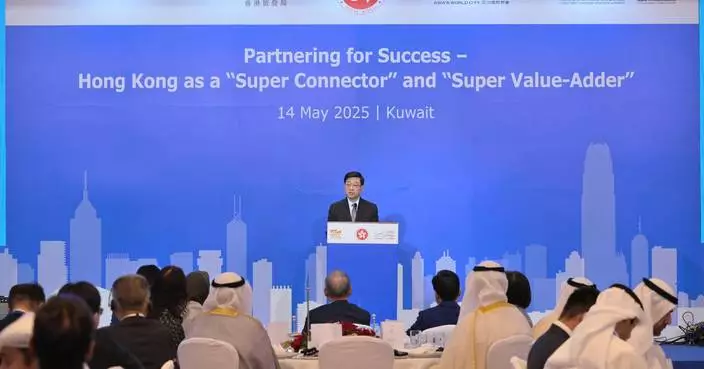Fish farming in Ningde City of east China's Fujian Province has undergone a transformation, thanks to the more scientific methods to breed and cultivate higher-quality fish species.
Ningde produces over 80 percent of the country's supply of large yellow croaker, a popular commercial fish.
At one of the city's breeding centers, researchers are working to improve the genetics of this beloved fish species on Chinese dinner tables.
After generations of selective breeding and farming, the fish now grow faster and are more adaptive to different environments.
"Our institute has developed the 'Donghai gene-chip No.1', which can be used to select and identify the significant traits, such as those related to enhanced growth and improved muscle elasticity," said Liu Shengyu, an associate research fellow from East China Sea Fisheries Research Institute.
In addition to research in the lab, fish farming methods in Ningde have also been transformed. Fish farmers now use large, deep-water breeding cages to provide a better growing environment for the fish.
"After the transformation, the fish are growing better and their quality has improved. Originally, the fish cages were 3.3 meters by 3.3 meters, but now they are 24 meters by 24 meters with a depth of 12 meters. Their whole living space is different," said president of Fujian Sanduao Foods You Weide that now owns one of the largest sea farms in Ningde.
A set of equipment is also used to monitor the water quality, and make sure it is in the best possible condition for the fish to flourish.
"The equipment can ensure the proper temperature and salinity levels, and provide dissolved oxygen in water every day," said Song Xiangguo, a local fish farmer.
The rich fisheries in Ningde are a key pillar of the local economy. Data shows that in 2023, the total output value of the city's large yellow croaker industry exceeded 2.7 billion U.S. dollars.
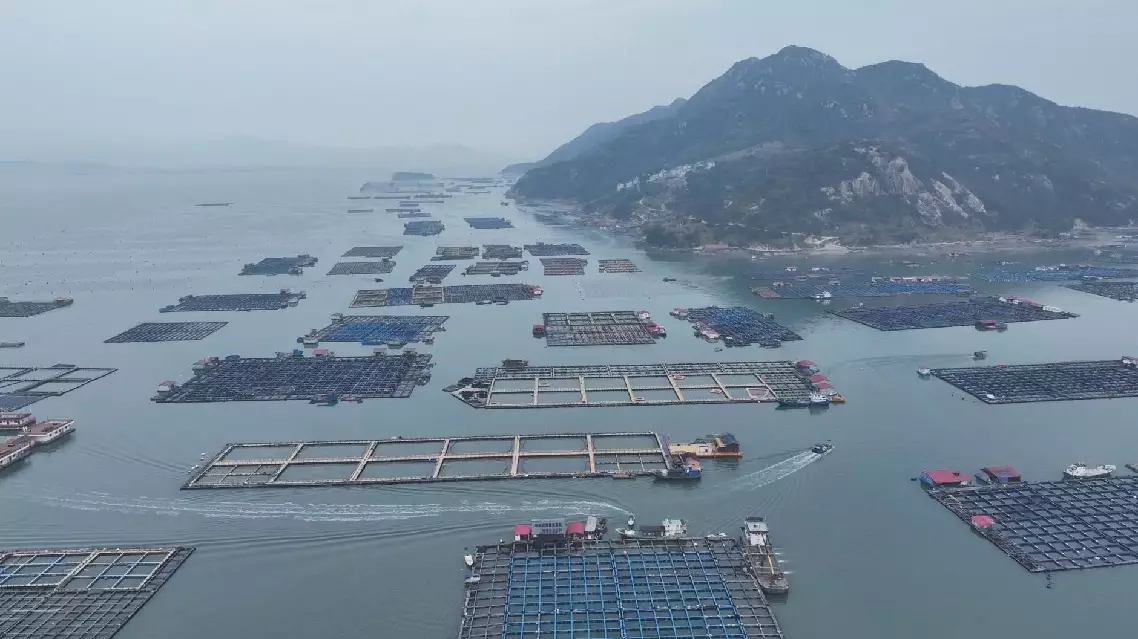
East China's Ningde City breeds better-quality fish with scientific methods
Morocco welcomed 5.7 million tourists in the first four months of 2025, up 23 percent from the same period last year, according to the latest official data from the kingdom's Ministry of Tourism, Handicrafts and Social and Solidarity Economy.
The North African nation's tourism revenue reached 2.46 billion U.S. dollars in the first quarter of 2025, up 2.4 percent year on year.
Several factors contributed to this surge, including enhanced air connectivity, strategic marketing efforts, and a diverse range of attractions.
"The 'Morocco, Land of Light' campaign is disseminated in 20 global tourist destinations through digital media platforms and giant display screens in world capitals. Thanks to the partnership with international airlines, the number of international flights increased by 20 percent in one year," said Fatim-Zahra Ammor, Moroccan Minister of Tourism, Handicrafts and Social and Solidarity Economy.
Foreign direct investment also played a crucial role in Morocco's tourism growth. Over the past five years, the country has averaged 3.5 billion U.S. dollars annually in FDI across all sectors.
"Foreign direct investments boost tourism projects and infrastructure and contribute to economic development. Morocco is a safe and stable country. That's why it continues to attract FDIs in all related sectors," said tourism expert Idriss Idrissi.
From the vibrant cities of Rabat, Marrakesh and Casablanca to serene beaches and unique desert resorts, Morocco offers a diverse experience for every type of travelers.
"Morocco has a colorful scenery. We're also glad to live an immersive experience in the old Medina where we can walk, eat and meet an amazing welcoming local community. Morocco is both traditional and very modern. It's an extraordinary experience!" said French Tourist Line Tezze.
The great performance of the tourism industry has also benefited the locals.
For many local artisans like Sidi Omar Tadili, tourism serves as a crucial source of income.
"The tourism boom has boosted the revenues of all Moroccan artisans. It has also opened up new markets while creating direct and indirect jobs in the craft industry across Morocco," said the artisan.
With Morocco set to co-host the 2030 FIFA World Cup and the 2025 African Cup of Nations, tourism is expected to continue its upward trajectory.
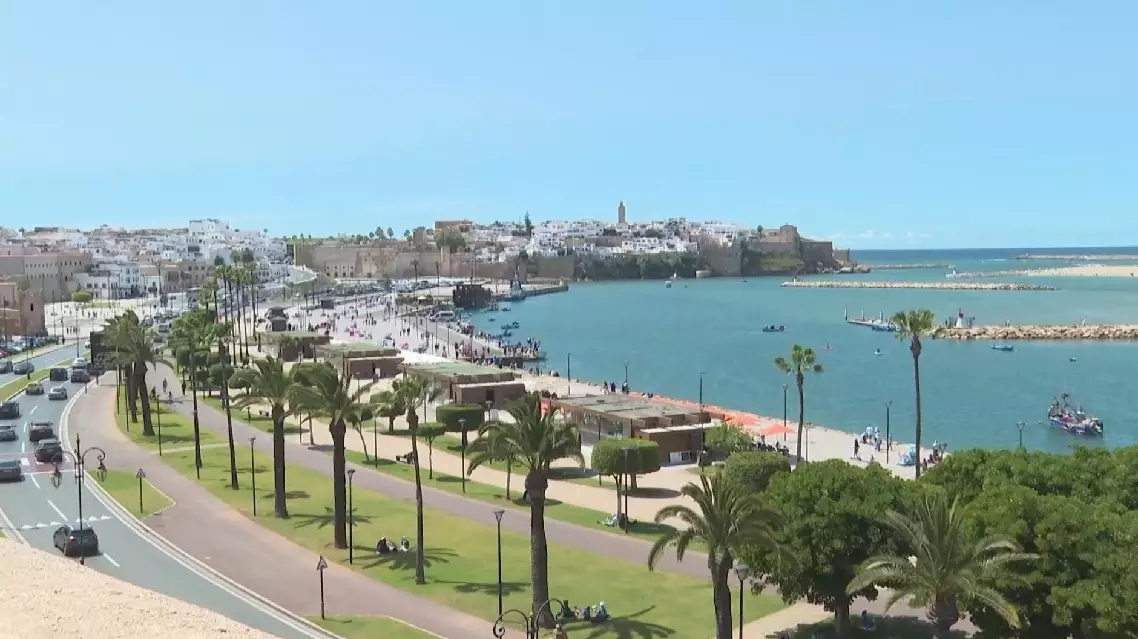
Morocco sees tourism boom in first four months of 2025



